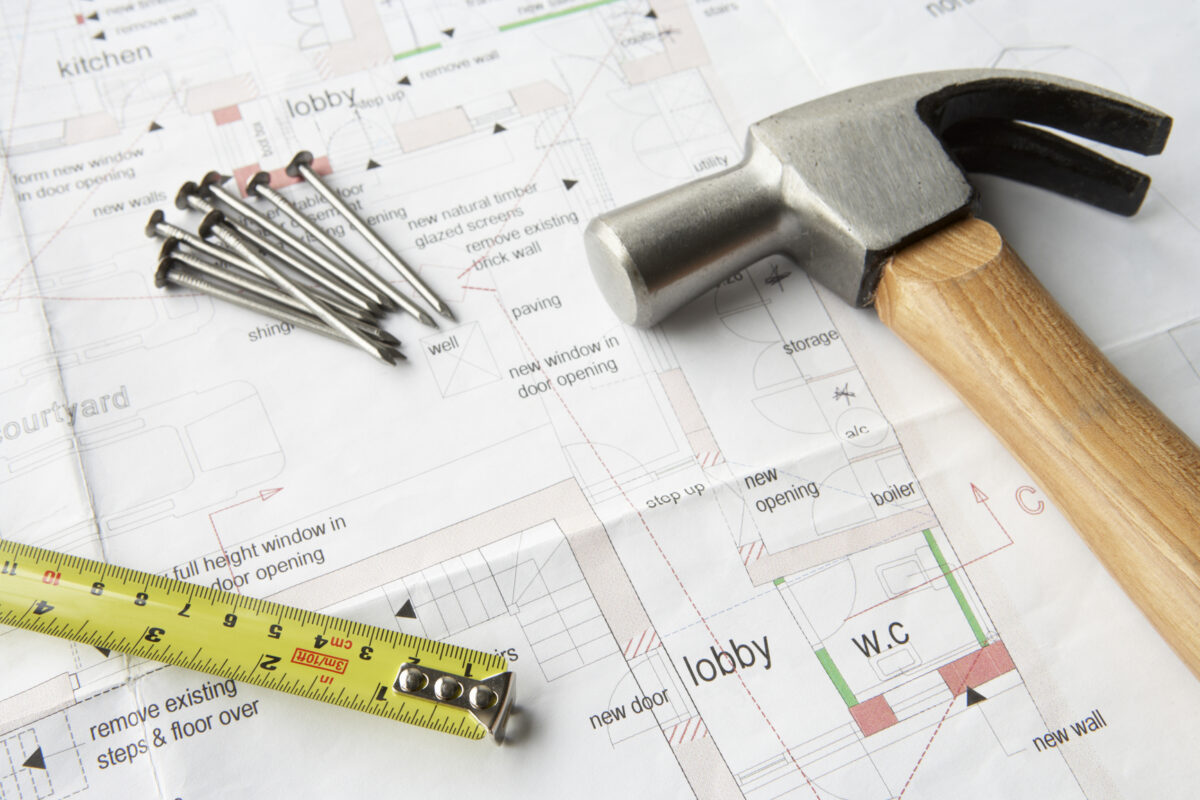Planning on giving your home a new look? Perhaps you’d like to add a new room or break down a wall or two to make a bigger space?
Before you go ahead with any of those plans, make sure that you and the rest of your household are safe by having an asbestos inspection done. An asbestos inspection may not be the first thing that comes to mind when planning on updating the look of your home or building, but it is probably one of the most important steps you should take. If your home or building was built before the year 2000, you could risk asbestos exposure once you start demolition and refurbishment.
The Risk of Asbestos
Asbestos is a fibrous mineral that was once widely used in construction for its heat and water resistance, as well as its strength and insulating properties. Later however it was found to be extremely harmful, causing a slew of serious health problems including cancer. While it is no longer used in construction today, there are still many buildings and homes that have asbestos in them.
Asbestos can be found in different parts of a house or building, many of which do not get exposed until these buildings undergo demolition or refurbishment. These parts include wall cladding, cement roofing, shingles, insulation, pipes, flooring underlay and many others. This is why it is crucial to have an asbestos inspection before going through with any refurbishment – because you don’t know how much asbestos you could be exposing yourself to by breaking down parts of your home or building.
Asbestos Inspection Prior to Refurbishment
An asbestos inspection prior to refurbishment is unlike a regular asbestos inspection in that it is much more intrusive. Since refurbishment can reveal areas with asbestos that would normally be inaccessible, an asbestos inspection for the purpose of refurbishment is generally more thorough.
Before any asbetos inspection, the premises must be vacated, the furnishings removed, and the building plans, architect’s drawings and specifications of the house or building must be provided to the inspector. Samples will be taken from the house or building, and this may require partial destruction of the building. Aggressive inspection techniques may be applied to lift carpets and tiles, open up floors and break through walls, ceilings and partitions. Once retreived, samples are then taken to a laboratory where they will be tested for asbestos. No other method can fully and clearly determine the presence of asbestos.
Even if you have already identified where you have asbestos in your home, it is still necessary to test for asbestos as other surrounding areas could also contain it. Remember that only a qualified and licensed asbestos consultant should inspect for and remove any asbestos. Do not attempt to do this yourself as you may be putting your health at great risk.
Securing Your Investment
Every home and building is an investment, and every refurbishment an addition to that investment. Make sure your investment is completely safe and secure by getting it checked for asbestos before any work is done. Even intrusive maintenance and repair work may require asbestos inspection, as these activities could also reveal previously concealed asbestos.
If you’re planning on refurbishment, demolition or even intrusive maintenance work, make sure to call the experts in asbestos inspection. Get in touch with us now.


